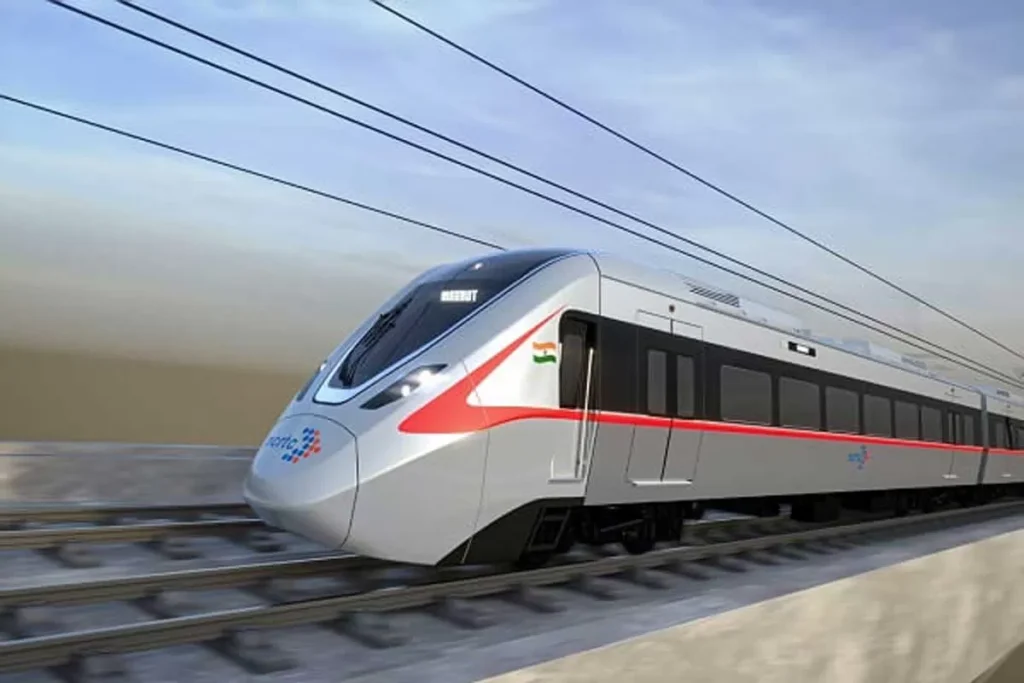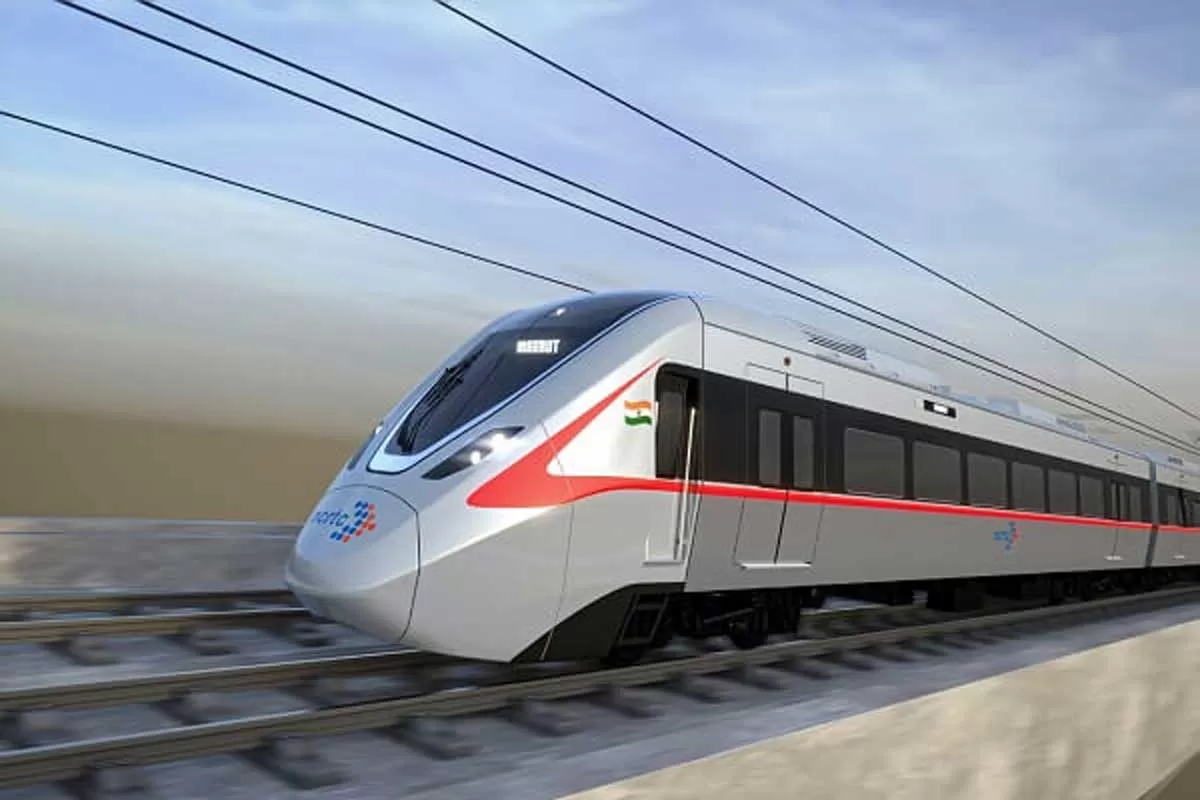
In a momentous occasion heralding a new era of urban transformation, Prime Minister Narendra Modi recently laid the foundation stone for the Gurugram Metro Rail Project. This landmark initiative, aimed at addressing the burgeoning transportation needs of Gurugram, holds the promise of revolutionizing the city’s landscape and enhancing its connectivity, sustainability, and economic vitality.
Gurugram, often dubbed as the Millennium City, has emerged as one of India’s most dynamic urban centers, boasting a thriving corporate landscape, bustling commercial districts, and a burgeoning population. However, the rapid pace of urbanization has also brought forth a myriad of challenges, chief among them being inadequate transportation infrastructure and crippling traffic congestion. Recognizing the urgency of the situation, the government has embarked on an ambitious mission to develop a modern, efficient, and sustainable metro rail system that will cater to the burgeoning needs of the city and its residents.
The Gurugram Metro Rail Project encompasses a comprehensive network of metro lines that will traverse key corridors and densely populated areas within the city and its peripheries. With a focus on enhancing connectivity and accessibility, the metro system is poised to become the lifeline of Gurugram, offering commuters a safe, reliable, and environmentally friendly mode of transportation. By seamlessly integrating with existing modes of transit, including bus services, railways, and public parking facilities, the metro network aims to facilitate seamless multimodal connectivity and last-mile connectivity, thereby reducing travel time, congestion, and pollution.
At its core, the Gurugram Metro Rail Project embodies a commitment to sustainability and environmental stewardship. With the aim of reducing reliance on private vehicles and mitigating air pollution, the metro system will play a pivotal role in promoting sustainable urban mobility. The adoption of green technologies, such as energy-efficient trains, regenerative braking systems, and solar-powered stations, underscores the project’s eco-consciousness and its contribution to India’s climate action goals. Moreover, by encouraging transit-oriented development and compact urban planning, the metro project seeks to foster a more livable, equitable, and environmentally sustainable urban environment for current and future generations.
The economic implications of the Gurugram Metro Rail Project are profound and far-reaching. Beyond its immediate impact on transportation, the project is poised to catalyze economic development, spur investment, and stimulate job creation across various sectors. The construction phase alone is expected to generate thousands of direct and indirect employment opportunities for skilled and unskilled workers, providing a much-needed impetus to the local economy. Furthermore, improved connectivity offered by the metro system is expected to attract businesses, industries, and commercial establishments to Gurugram, thereby fueling economic growth and creating new avenues for entrepreneurship and innovation.
The success of the Gurugram Metro Rail Project hinges on a combination of robust governance, transparent project management, and stakeholder engagement. From the planning and design stages to implementation and operation, the project demands meticulous coordination among various government agencies, private partners, and local communities. By fostering a culture of collaboration, accountability, and innovation, the authorities aim to ensure that the metro system is delivered on time, within budget, and to the highest standards of quality, safety, and reliability.
Central to the vision of the Gurugram Metro Rail Project is the concept of social inclusion and equitable access to transportation services. Special emphasis is being placed on ensuring accessibility for persons with disabilities, with provisions such as ramps, elevators, tactile paving, and designated seating areas in stations and trains. Moreover, the metro system will prioritize safety and security, with measures such as CCTV surveillance, emergency communication systems, and dedicated personnel to ensure a secure and comfortable journey for all passengers, especially women and vulnerable groups.
As the Gurugram Metro Rail Project gathers momentum, it is imperative to draw lessons from past experiences and international best practices to overcome challenges and maximize benefits. By studying successful metro projects in cities like Delhi, Mumbai, and Bengaluru, the authorities can glean valuable insights into design, technology, operations, and governance. Furthermore, partnerships with international experts and organizations can provide invaluable expertise in areas such as financing, project management, capacity building, and knowledge exchange, thereby enriching the project’s outcomes and ensuring its long-term sustainability and success.
However, amidst the optimism and excitement surrounding the metro project, it is essential to address potential risks and challenges that may arise during its implementation. Land acquisition, environmental impact, community displacement, and disruptions to daily life are among the key concerns that must be carefully managed to ensure the project’s success and sustainability. Transparent communication, community engagement, and proactive measures to mitigate negative externalities are essential to building trust, fostering social cohesion, and garnering support from all stakeholders.
Looking ahead, the completion of the Gurugram Metro Rail Project will mark a transformative moment in the city’s history, heralding a new dawn of connectivity, prosperity, and sustainability. As the metro network becomes operational, it will not only reshape the physical landscape of Gurugram but also redefine the way its residents live, work, and interact. By providing affordable, accessible, and environmentally friendly transportation, the metro system will empower individuals, stimulate economic growth, and enhance the overall quality of life in Gurugram, making it a model city for the 21st century.
In conclusion, the Gurugram Metro Rail Project epitomizes the government’s commitment to fostering inclusive, sustainable, and resilient urban development in India. With visionary leadership, strategic planning, and collective action, it has the potential to transform Gurugram into a global benchmark for urban innovation and excellence. As Prime Minister Modi laid the foundation stone, he not only inaugurated a metro project but also ignited hope and aspiration for a brighter, more prosperous future for Gurugram and its residents, symbolizing the power of infrastructure to shape the destiny of nations and communities.

